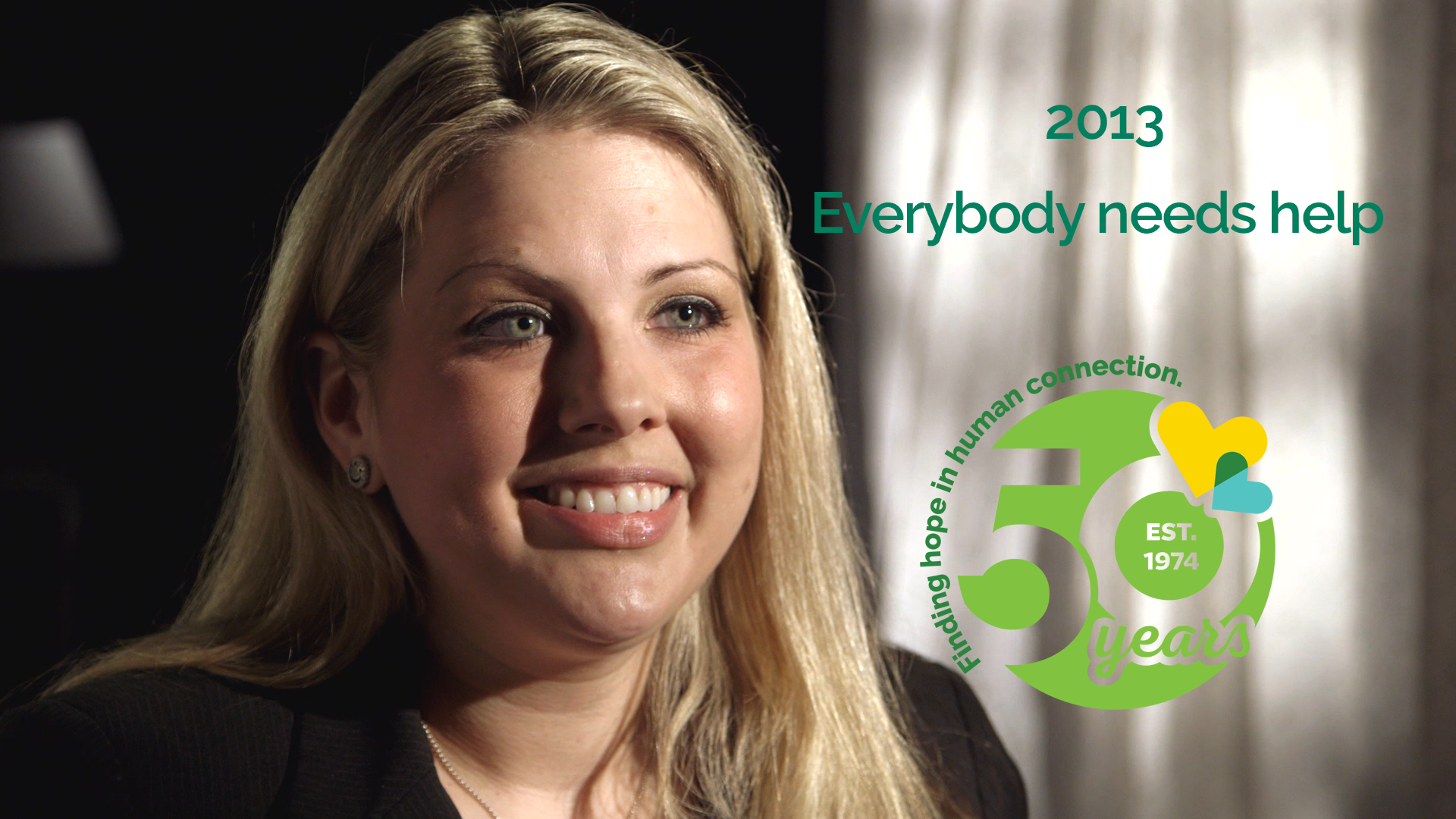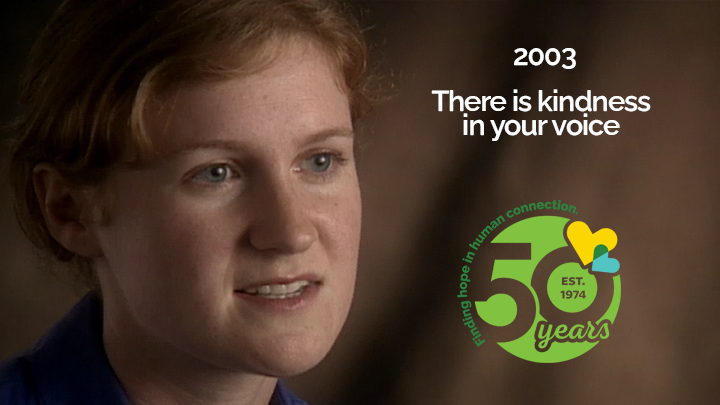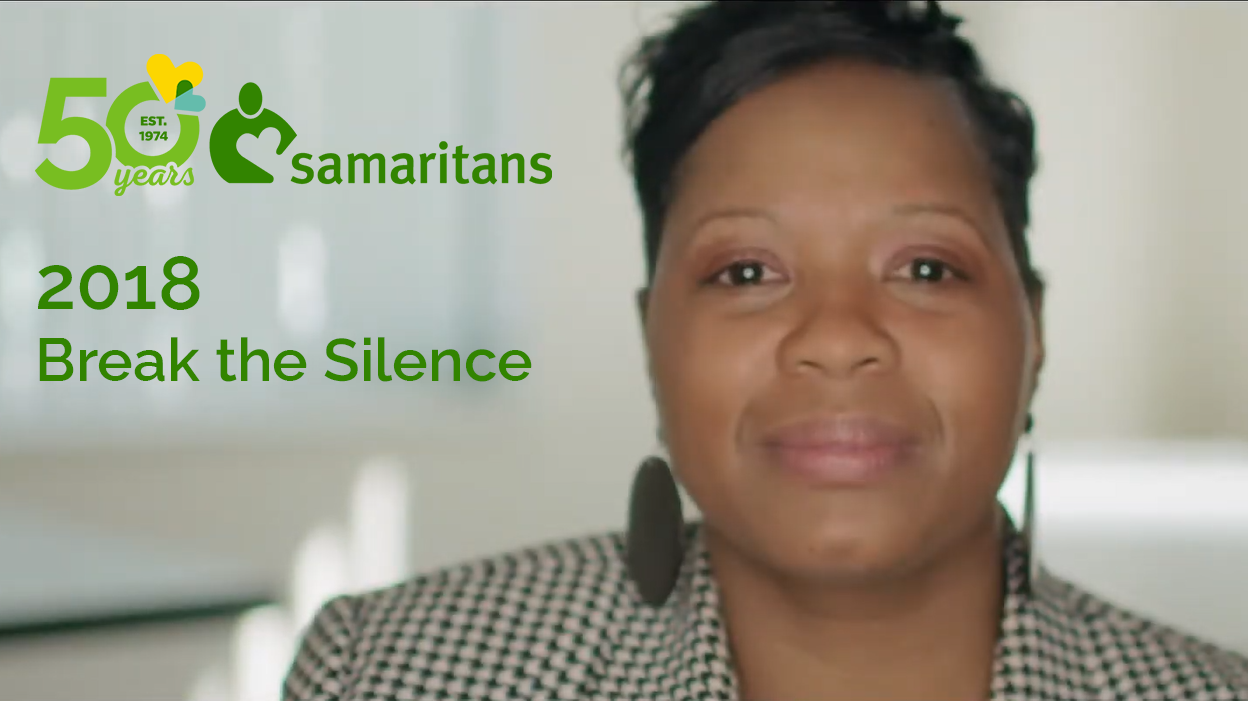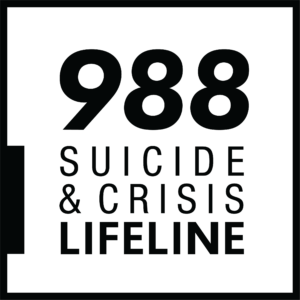As we focus on young people this month, we want to turn our attention to ways to manage self-harm. Formally known as non-suicidal self-injury (NSSI), self-harm is the act of deliberately harming your own body through cutting, scratching, burning, self-hitting, and piercing the skin, among other things. While people of all ages engage in self-harm, non suicidal self-injury ocurrs at a much higher rate in adolescents (17%) than in adults (5%).
It it important to know that self-harm is often used as a coping skill for someone to avoid getting to a point where they feel suicidal. At the same time, those who self-harm are more prone to depression. Given this, we want to focus this newsletter’s “Tip of the Month” on some do’s and don’ts when you believe someone in your life may be engaging in self-harm:
3 Things to Do
- Ask someone about the intent behind the self-harm. Was it to cope, or was it an attempt to take their life?
- Explore with them what it is that the self-harm does for them and how they feel after engaging in that behavior.
- Suggest alternative coping skills. For example, having someone hold an ice cube or break apart a frozen, scrunched up washcloth can be another form of sensory relief.
3 Things to Avoid
- Avoid panicking and shaming the person for their actions.
- Avoid taking someone’s means of self-harm away without another coping skill in place. It may cause them to seek something more harmful.
- Don’t be afraid to address it, but avoid being judgmental when you do address it. Avoiding judgment helps break the stigma.
For more information about how to help someone who you think might be self-harming, watch this podcast.









